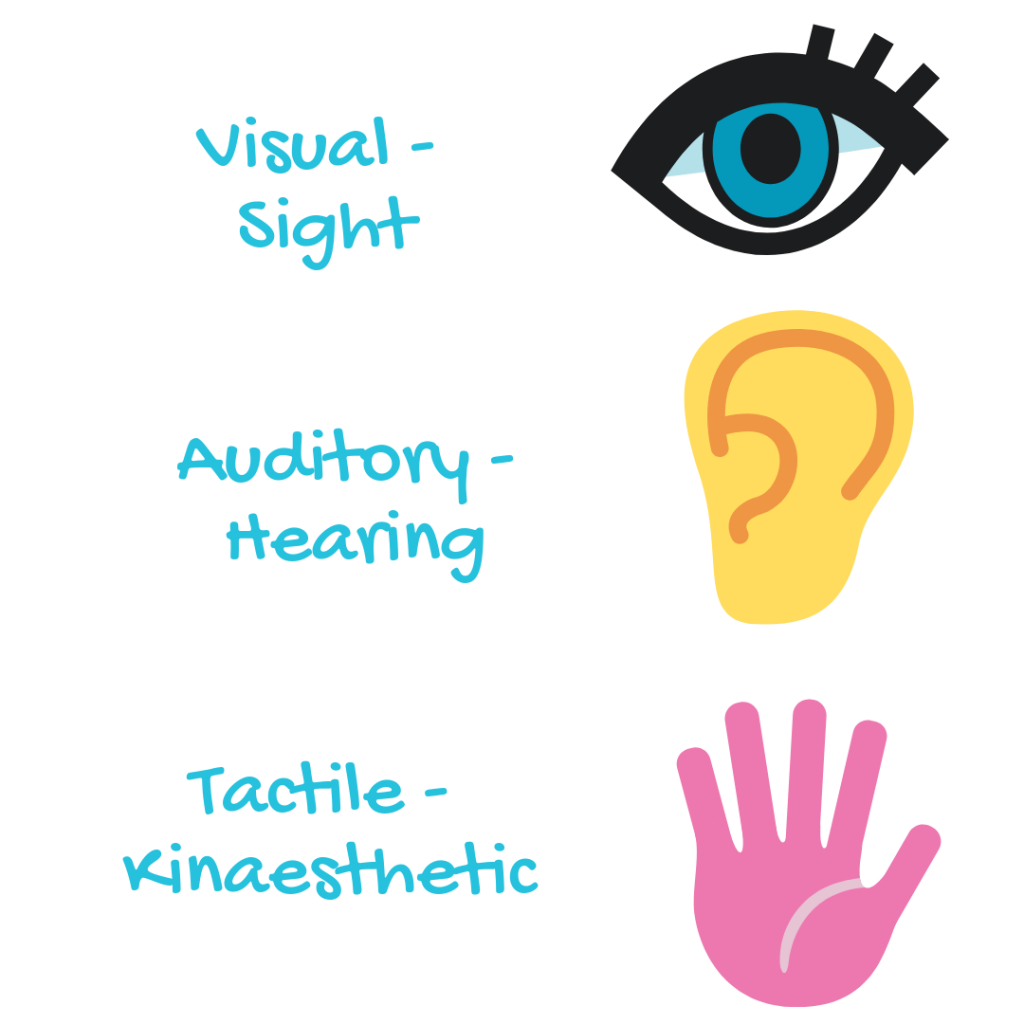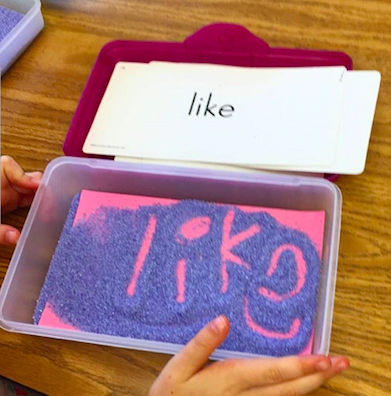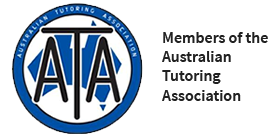An effective way to teach kids with dyslexia to read and spell is to use a multisensory structured language education (MSLE) approach. Learning Works Geelong uses a multisensory dyslexia tutoring method to assist dyslexic students.
What is multisensory tutoring for dyslexia?
- Multisensory instruction teaches to more than one sense at a time. It is a learning technique which takes into account that kids learn in different ways.
- This engages kids learning through more than one sense at a time – through sight, hearing, movement and touch
- This ensures links are consistently made between the visual (language we see) auditory (the language we hear) and kinaesthetic/tactile – (language symbols we feel) in learning to read and spell.
Multisensory dyslexia tutoring Phonics Drill
This multisensory phonics drill explains a frequently used visual and auditory drill used in individual tutoring. Learning Works’ Geelong uses this drill to tutor dyslexic students in a multisensory manner.
Learning Works Geelong Multisensory dyslexia tutoring phonics instruction drill how-to.
- This is a multisensory phonics drill where the student learns to combine the sound, letter names and forming the letters at the same time.
- The simultaneous association using the 3 brain processes creates a stronger network of memories.
- Our goal is to teach children to hear what they spell, and spell what they hear.
- Links are consistently being made between the visual (what we see), auditory (what we hear), and kinesthetic tactile (what we feel pathways) in learning to read and spell.
- This drill is part of the Orton-Gillingham approach – which helps children (often with dyslexia) learn to read in a multisensory manner – but it is helpful for all children.
Visual Drill
The first part, the visual sound pack drill is a multisensory exercise where the student learns to associate the sound, letter name and formation of a letter using 3 learning pathways at the same time.
The student needs to learn the letter names associated with each phoneme.
The student traces the movement of the hand over the letter shape – creating a motor memory of the formation of the letter.
The student hears the sound (auditory) letter name and sees the symbol (visual) and forms the symbol on a textured surface activating the (Kinesthetic/Tactile) pathways.
The kinaesthetic mode refers to the motor memories created when moving two fingers to form a letter or by using larger hand-arm movements to trace letter in the air.
The tactile mode is used when tracing on a rough or textured surface. This helps with the recall of motor memory.
Auditory Drill
Auditory drills are done with lots of kinaesthetic practice. The purpose is being able to give the spelling of a sound.
Using the student’s card pack, the teacher goes through each card one at a time and says the sound, the student should not see the card. The student must write down all the spellings they have been taught that represent that sound.
How do you teach a child with dyslexia to read?
Teaching the code of English is the solution. By learning the code of English explicitly and systematically – a dyslexic student can learn the code and how to use it to decode (read) and encode (spell) words.
Teaching the sound to symbol connections, blending sounds together, breaking words up into sounds for spelling and learning spelling rules will over time ensure that the code of English is stored in long-term memory.
Effective, multi-sensory, regular and patient practice with a dyslexic learner will make all of the difference.
In a multisensory lesson, students engage with what they are learning in more than one way. It conveys information through touch and movement – called tactile and kinaesthetic – with sight and hearing.

Multisensory instructions involves 3 neural pathways
The Orton-Gillingham Method
Orton–Gillingham pioneered this approach. The Orton-Gillingham method is an approach and is not a specific program. It is a method of teaching which very deliberately uses sight, sound, movement and touch to help kids connect language to words.
It’s an intervention that’s individualised to each child. It’s flexible, rather than prescribed, because it’s based on a problem-solving process. That process starts with identifying the child’s learning difficulty. The next step is to develop a plan to address that difficulty.
Experts agree that for dyslexia, a multisensory, tutoring method – using structured, systematic phonics approach is the best way to teach students with dyslexia.
Reading is often a long, hard slog for children with dyslexia. Orton-Gillingham is a well-regarded approach and research-backed approach to teaching children with dyslexia to read. Orton–Gillingham focuses on teaching kids to read at the word level.
The approach puts a strong emphasis on understanding the “how” and “why” behind words and reading. Students may explore why the letters “ch” sounds one way in the word Christmas and another way in the word church. Students are taught the rules, patterns and place value of reading and spelling, making it easier for them to decode and read words on their own.
Who can benefit from multisensory dyslexia tutoring?
Multisensory teaching takes into account that different kids learn in different ways. It helps meet the varying needs of all kids—not just those with learning and attention issues. And by providing multiple ways to learn, it gives every kid in the class a chance to succeed.
If a child learns something using more than one sense, the information is more likely to go into long-term memory as more than one neurological pathway is being activated.
Multisensory tutoring instruction is particularly helpful for kids with learning and attention difficulties. Children with dyslexia may have other learning difficulties and visual and auditory processing problems. This can compound their difficulties and make it hard for them to learn through reading and listening alone.
Using multiple senses gives kids with dyslexia more ways to engage with the content they are being taught. This can make it easier for students to
- Make connections between new information and previous information
- Understand problems
- Use comprehension strategies
- Use their unique learning strengths

Summary
- Kids with learning and attention issues can have trouble learning through just reading or listening.
- Multisensory instruction can help kids learn information more effectively.
- All kids can benefit from multisensory instruction.

